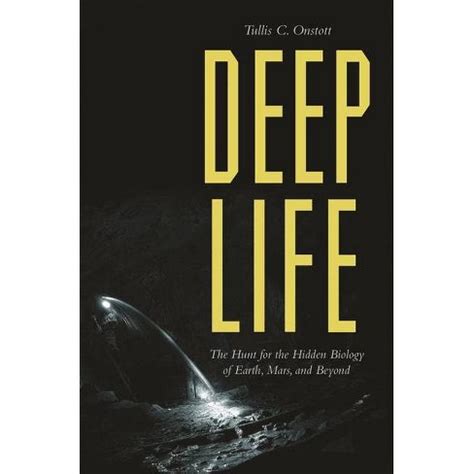My office chair has armrests. Yes, I’m an armchair scientist.
Why am I thinking about this? Because I am halfway through Deep Life by Tullis Onstott. It’s about the hunt for microbes miles below the earth’s surface. And how do you get there? Down the mines. The book introduced me to the field of subsurface geomicrobiology, but it’s not a typical science book. It’s more of a scientist’s adventure book that goes through the highs and lows of everything from the roulette wheel of grant funding, the whims of mine-bosses and customs agents, what it’s like to be sweating miles beneath the surface, and how to find MacGyver-skilled people. It’s about field work in the extreme.
I, on the other hand, as a computational chemist am as far away from field work as you can imagine. I sit comfortably in my office building and analyzing molecular structures from my desktop computer. All the number-crunching work is done by a high-performance cluster sitting in a cold room a building away that I can access via the internet with a few clicks on my keyboard. I’m an old-school command-line guy who uses the mouse as little as possible. I do regularly get up from my chair and walk two floors down to teach a class. (I eschew elevators.) I haven’t taught general chemistry lab in several years so I don’t even have an excuse to set foot in an experimental lab. However, I do go to our chemistry demo room a few times each semester to show off stuff in my chemistry lecture classes.
When you’re a field scientist who needs to collect living samples from deep-enough mines, your choices are constrained. You have to convince a mining company’s management that you’re not a spy or a saboteur, that you won’t slow them down, that you won’t cause an ‘incident’, and that it is to their benefit to let you go down their mines. To get good uncontaminated samples, you also need to scratch past a cave wall surface, and that means having the necessary equipment. And because these microbes are obligate anaerobes, you need to make sure they survive the trip to your makeshift lab so you can perform the analysis. The oxygen all around that’s life to us; it kills them. And some of them may be toxic. And you might need a laminar flow hood for your work, that somehow you have to get into your ramshackle on-site quarters.
I wouldn’t survive in the field. I have poor hands in lab that also regularly shake due to a neuromuscular issue. There’s a reason I am a theorist. I also thrive on having an organized schedule, having control over my time, and not constantly being thrown into chaotic situations. I have little in the way of MacGyver skills. When you’re out in the field, unpredictability is the name of the game. You have to adapt. It’s something I don’t think I’m good at. If the zombie holocaust descends, I will probably perish quickly, or join the robotic horde depending on what type of zombie-virus we’re talking about.
I do enjoy discovering new things though! If I didn’t, I probably wouldn’t be an academic. But I do it through reading and running calculations, at least in my work life. I like learning new things even though I may not have the physical dexterity or strength to perform them. And discovery is always exhilarating! Now that I’m older and well aware of my physical limitations, I see many advantages of my life as an armchair scientist. And I’m happy to live vicariously through reading the adventures of folks out in the field and in the deep.

No comments:
Post a Comment